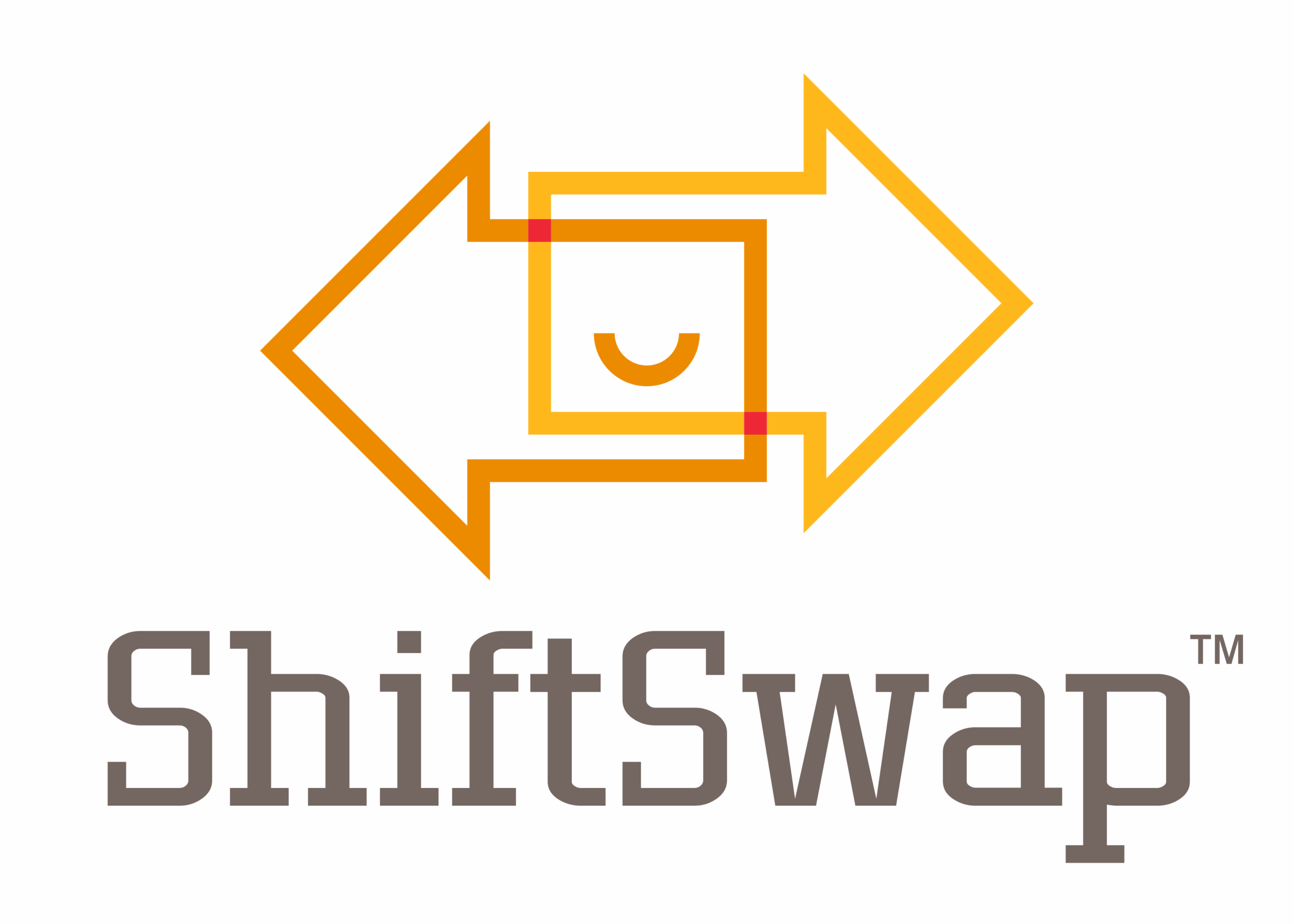Why Motivation Drives Operational Success
Keeping employees engaged can be a real challenge for organizations, especially when managing hourly or shift-based teams. In fast-paced industries, leaders need to do more than offer incentives or occasional recognition. True, lasting motivation stems from a strong culture, open communication, and consistent leadership practices.
The editors of Harvard Business Review compiled actionable strategies in their article, “Our Favorite Management Tips on Motivating Your Team.” Their perspectives are timeless and resonate well with the hurdles that today’s operations and HR professionals face. Drawing inspiration from their work, this article explores how leaders can motivate their workforce, strengthen trust, and sustain performance through empathy, structure, and purpose.
Whether you’re overseeing a distribution center, a manufacturing facility, or a retail store, these strategies will help you keep everyone aligned and create a workplace where people genuinely want to show up and give their best.
Relaunch When Energy Dims
Teams change constantly. A new hire, a change in processes, or shifting goals can throw even the most high-performing teams off balance. When morale dips, it often signals that team members feel disconnected or misaligned with their purpose. Relaunching a team can help reset clarity and energy.
Begin by diagnosing what is really happening. Conduct one-on-one meetings, send out brief pulse surveys, or invite anonymous feedback. Use this input to uncover challenges related to workload, trust, or unclear objectives. Once you identify the root cause, you can rebuild psychological safety through open discussions and consistent communication.
Clarify direction by revisiting the team’s purpose and how each individual contributes to company goals. Reset the ways of working by clearly defining roles, responsibilities, and decision-making authority. Finally, build momentum through quick wins. Acknowledge achievements early, celebrate progress, and make improvement visible.
By deliberately relaunching initiatives, leaders motivate their workforce through renewed clarity and confidence rather than short-term fixes.
Weave Kindness Into Everyday Operations
While kindness might seem like a soft skill, it’s actually a decisive factor in driving performance and retention. When kindness is woven into leadership practices, it enhances communication, collaboration, and trust among team members.
Start by setting clear behavioral expectations. Outline what respectful interactions look like during onboarding, team meetings, and reviews. Then, treat kindness as a hard skill by coaching managers to deliver constructive feedback with empathy and to listen without defensiveness.
Track progress by collecting feedback through culture surveys or team check-ins. Ask employees how often they feel respected and included. Keeping a steady feedback loop allows organizations to spot cultural gaps early.
By intentionally cultivating kindness, organizations build workplaces that feel psychologically safe. A supportive atmosphere encourages people to share their ideas more confidently, leading to greater engagement and collaboration. In essence, kindness lays the groundwork for motivating your workforce.
Help Employees Feel Seen and Valued
When employees feel overlooked, they disengage. To motivate your workforce, leaders must ensure that every team member feels seen, heard, and appreciated.
- An easy way to start is to be fully present during interactions. Slow down and pay attention to details during conversations.
- Use meetings to check in on team well-being, not just performance metrics. Swap out surface-level questions with meaningful ones like “What’s taking up most of your energy this week?”
- Celebrate effort, not only results. Small, specific recognition creates lasting motivation. For instance, acknowledging an employee who stayed late to meet a deadline or helped a new coworker learn the ropes.
When employees feel seen, they are more loyal and engaged. Incorporating this practice doesn’t cost anything, but it can have an enormous impact on retention and morale.
Protect Your Team from Cultural Negativity
Toxic environments can quickly drain energy, especially in high-demand industries like logistics and production. When the overall culture becomes stressful or chaotic, great leaders act as a shield for their people.
Begin by setting clear standards for how your team operates. Collaborate to create values and agreements that reflect your desired way of working together. Reinforce those behaviors by honoring team members who demonstrate them, creating positive feedback loops.
As a leader, model consistency and composure, even when stress levels rise. Be open about the challenges you face, but steer conversations toward solutions instead of assigning blame. Cut out unnecessary drama or corporate noise, and keep the team focused on what they can control.
Make it a point to hold regular one-on-ones to address frustrations and personal goals. People are more likely to stick around for a manager who supports and protects them, even when the larger organization is facing difficulties. Protecting your team is one of the most effective ways to motivate your workforce and maintain long-term trust.
Use Technology and AI Without Losing Meaning
While technology can boost efficiency, it can also dampen motivation if employees feel disconnected from their work. Striking a balance between automation and human involvement will be key.
Blend technology and human input thoughtfully. Use AI or automation for repetitive or time-consuming tasks, but keep the creative and strategic work in your employees’ hands. Design meaningful solo projects that allow employees to exercise critical thinking and decision-making. Make AI’s role clear; it should support, not overshadow, human judgment. Furthermore, invest in training programs that teach employees how to use new tools effectively. As technology advances daily, ensuring they have a solid understanding will be a huge help.
When implemented mindfully, digital tools improve productivity while preserving purpose and satisfaction. A balance between technology and humanity is vital for motivating your workforce in an increasingly automated world.
Inspire Through Vision, Action, and Mentorship
To truly motivate your workforce, leaders must inspire through both words and actions. Great leaders balance three key roles:
- Visionary: Share a clear purpose that ties everyday tasks to a bigger mission. When employees grasp the “why” behind their work, they take pride in what they do and show up consistently.
- Exemplar: Demonstrate the behaviors and values you wish to see in your team. Traits like integrity, humility, consistency, and staying calm under pressure speak volumes, often more than words ever could.
- Mentor: Delegate tasks, listen actively, and provide opportunities that align with each person’s strengths.
Employees are far more likely to stay motivated when they feel their leaders invest in their personal and professional growth.
Sustaining Motivation Across Operations
For operations leaders, keeping motivation high is not a one-time initiative. It demands continuous attention to communication, culture, and connection. To sustain motivation across multiple shifts or departments, consider implementing recurring team check-ins, precise performance metrics, and public recognition programs. These practices make appreciation visible and accountability fair.
Encourage supervisors to document small wins, share positive feedback between shifts, and highlight how each team’s efforts contribute to company success. When motivation becomes integrated into daily routines, it transforms from a leadership tactic into an organizational habit. That consistency drives retention, reliability, and higher performance across all levels of the business.
Putting it All Together for Shift-Based Teams
Motivation is about structure, empathy, and leadership discipline. From reviving low-energy teams to integrating kindness and managing AI thoughtfully, every practice outlined here helps create workplaces where people feel valued and empowered.
For leaders managing complex operations, motivating your workforce is more than an HR initiative. Motivated teams are safer, more productive, and more loyal. They bring energy to their shifts, innovation to their processes, and resilience to every challenge.
When motivation becomes part of your management culture, your workforce prospers and so does your business.
Start Planning for Success
Schedule a demo with ShiftSwap™ today and learn how to streamline your workforce management.

